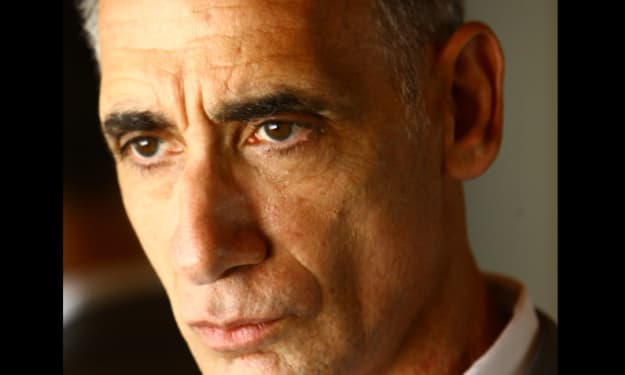Clockmaker's Daughter by Kate Morton Review- Connections Through Time
By Victoria Ward

We start at the end, with Kate Morton, as she gives a summary of her book: “The Clockmaker’s Daughter, is about time and timelessness, truth and beauty, maps and mapmaking, photography, natural history, and restorative properties of walking, brotherhood…, houses and the notions of home, rivers and the power of place, among others'' (Morton 483). Every point made above is elegantly bestowed through the perspectives of many characters who have had connections to a house in the woods.
The story begins in the same place it ends; a group of artists come to this house in the woods to enjoy the scenery of the London countryside, peace and quiet, and time to explore their craft. However, the trip is cut short when someone is murdered. Quickly, after the reveal of the murder, the chapter ends and a new one begins in the present summer of 2017, in London England, from the first of many perspectives, Elodie Winslow. Here, begins the collaboration of whimsical storytelling and story to create a mystery unsolved in time.
Elodie Winslow is an archivist at Stratton, Cadwell & Co., which is located on a popular street in London known as the Strand. Elodie’s work includes digging through artifacts, declaring what they are, and filing the paperwork and the artifact itself in a warehouse somewhere. She gets opportunities multiple times a day to travel without even purchasing a transportation ticket. I would love to have a job like this; I would learn more history about the amazing artifacts and where they came from. Read this intriguing quote about Elodie’s job:
“Elodie spent her days communing with the foxed and dusty artifacts of the long-dead, stepping into this account of the soirée on the Orient Express or that encounter between Victorian adventurers in the search of the Northwest Passage. Such social engagements made Elodie happy” (Morton 8). Morton uses words like communing, stepping into the account, and encounter to invite readers into Elodie’s life as the first perspective in The Clockmaker’s Daughter.
Like Elodie, we don’t have to pay to read the book (when you rent from your local library), and we can enjoy Morton’s storytelling. I was captivated by the gentle rock of Morton’s style of writing, and it continues into the remainder of the book.
One of those opportunities for Elodie arrives on her desk in the form of a satchel with a photograph, journal, and sketchbook inside. It’s revealed the satchel and photograph belongs to one of the artists, from the first chapter, Edward Radcliffe, and the journal belonged to James Stratton. The photograph is of a woman, whose story is mentioned later.
“She was young, with long hair, light but not blonde, half of which was wound into a loose knot on the top of her head; her gaze was direct, her chin slightly lifted, her cheekbones high” (Morton 12).
Her alluring features beg the question who she is and what is her connection to Radcliffe and Stratton. Both of these men share greater connections in the course of the novel; they could have a connection to the women in the photograph, but I’ll leave that mystery for you to uncover on your own reading journey.
As you can tell, the mystery is starting to unravel within the first few pages and chapters of the book. From the perspective of an unknown narrator, the stories of those who have lived, stayed, or admired the small cabin in the woods are told. It seems like these people don’t have any connection other than the house, but believe me, the connection is more startling than you think.
The mystery is what kept me intertwined and listening to the voice of the narrator. I was intrigued by stories of the other characters, and I really wanted to know who the narrator was. I had a few guesses throughout reading the Clockmaker’s Daughter, but I did not expect the answer. Morton does a great job of giving you enough clues to continuing reading, but not enough to solve the mystery right away. Like me, I hope you can’t put the book down until you’ve reached the end.
Work Cited:
Morton, Kate. The Clockmaker’s Daughter. Simon & Schuster Inc. 2018. Print.
About the Creator
Victoria Ward
I am a girl who likes reading, writing, watching, and having fun! I love writing about books, movies, music, games, and anything else that makes me happy.
Come down the rabbit hole with me!






Comments
There are no comments for this story
Be the first to respond and start the conversation.